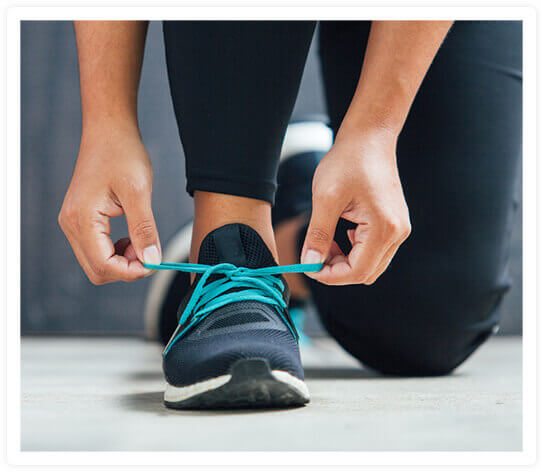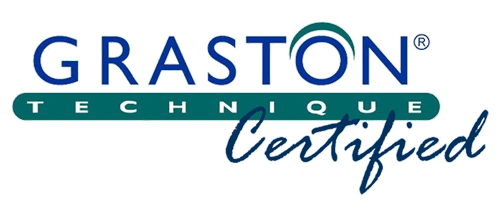Knee Tendon Bursitis - "Goosefoot"
Introduction
Anatomy
Causes
The incidence of knee tendon bursitis is highest among:
• Middle-aged women with obesity
• Young athletes who participate in sports that require abrupt side-to-side motions or cutting. Such sports include basketball, tennis, and soccer.
• Older adults with arthritis
• People with flat feet
• People with bowlegged knee deformity
Symptoms
Diagnosis
A doctor diagnoses knee tendon bursitis by examining the knee and reviewing your medical history. Your doctor may order medical imaging tests, such as ultrasound or MRI scans to confirm the diagnosis.
Surgery
Treatment

Copyright © - iHealthSpot Interactive - www.iHealthSpot.com
This information is intended for educational and informational purposes only. It should not be used in place of an individual consultation or examination or replace the advice of your health care professional and should not be relied upon to determine diagnosis or course of treatment.
The iHealthSpot patient education library was written collaboratively by the iHealthSpot editorial team which includes Senior Medical Authors Dr. Mary Car-Blanchard, OTD/OTR/L and Valerie K. Clark, and the following editorial advisors: Steve Meadows, MD, Ernie F. Soto, DDS, Ronald J. Glatzer, MD, Jonathan Rosenberg, MD, Christopher M. Nolte, MD, David Applebaum, MD, Jonathan M. Tarrash, MD, and Paula Soto, RN/BSN. This content complies with the HONcode standard for trustworthy health information. The library commenced development on September 1, 2005 with the latest update/addition on February 16, 2022. For information on iHealthSpot’s other services including medical website design, visit www.iHealthSpot.com.






